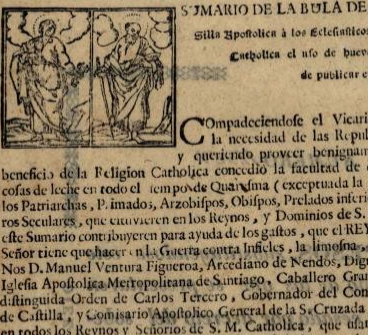| << Chapter < Page | Chapter >> Page > |
The digitized versions of the documents are clearly advantageous to people unable to visit the paper documents in Rice University's library. They are also much easier to work with over extended periods of time. (It's also easier on the documents if you do most of your work from the digitized versions.)
If I'm working from the digital archive, should I look at the transcription or images of the actual document?
Both the transcription and the original version have something to offer. The transcriptions are ofteneasier to read. You can probably skim through a transcription a lot faster than a handwritten letter from 150 years ago to determine ifthe document will be of interest to you. In preparing a paper for a class, you may not have time to peruse all the texts that might beloosely related to your topic in their original format, but you could probably skim through a lot of their transcriptions andnarrow your selection.
If you find that a particular text will be useful in your research, looking at the original document is ofgreat value. Sometimes a handwritten letter can tell you about its author: if s/he was in a hurry, if s/he possessed the handwritingof a well-educated (and hence usually wealthy) person, if s/he experienced trouble in writing sections of the document withcrossed out words, among other things. For example, the letter written by Mattock contains many spelling errors, which have been noted in the transcription. But the steady handwriting would not suggest that the writer wrote in haste; perhaps he simply did not know how to spell well.

Even a typed document that is more official in nature than a handwritten letter is worthwhile looking at in itsoriginal format. For example, take a look at the Texas currency document. You can easily see that the front and back are in facttwo different documents by the different typefaces and formats used. In the transcription, this difference is not visuallynoticeable. Yet the difference between the two texts is great: oneside is a papal bull printed in 1784 and the other states that the paper has an exchange value. The currency was printed in 1823 on the back of the out-dated papal bull because of a severe paper shortage in Mexico.


Another advantage to looking at the original text in a digitized format is that transcriptions areinterpretations. If you work from a transcription, you must cite the transcription – not the original document – as your source. Atranscription might have typos or (as is more likely with today’s spell checking features) might correct errors in the original. In addition, the transcribermight not have devoted as much time to his/her interpretation of the original as you would like to and might have left some wordsmarked as illegible. You may wish to put in a little more research to decipher what such words are if the document is of particularimportance. For example, in the Mattock letter again, there is a word the transcriber interpreted as "(attol)". However, it might make sense as "Cattol," a mispelling of "cattle." You might have still other ideas about what the writer meant.

If you notice any errors or “corrected” errors or decipher any words marked as illegible, please let us know!
For more information on the relative value of transcriptions and original documents in research projects, pleaserefer to the module "Using Untranslated Materials in Research."

Notification Switch
Would you like to follow the 'Using historical documents' conversation and receive update notifications?